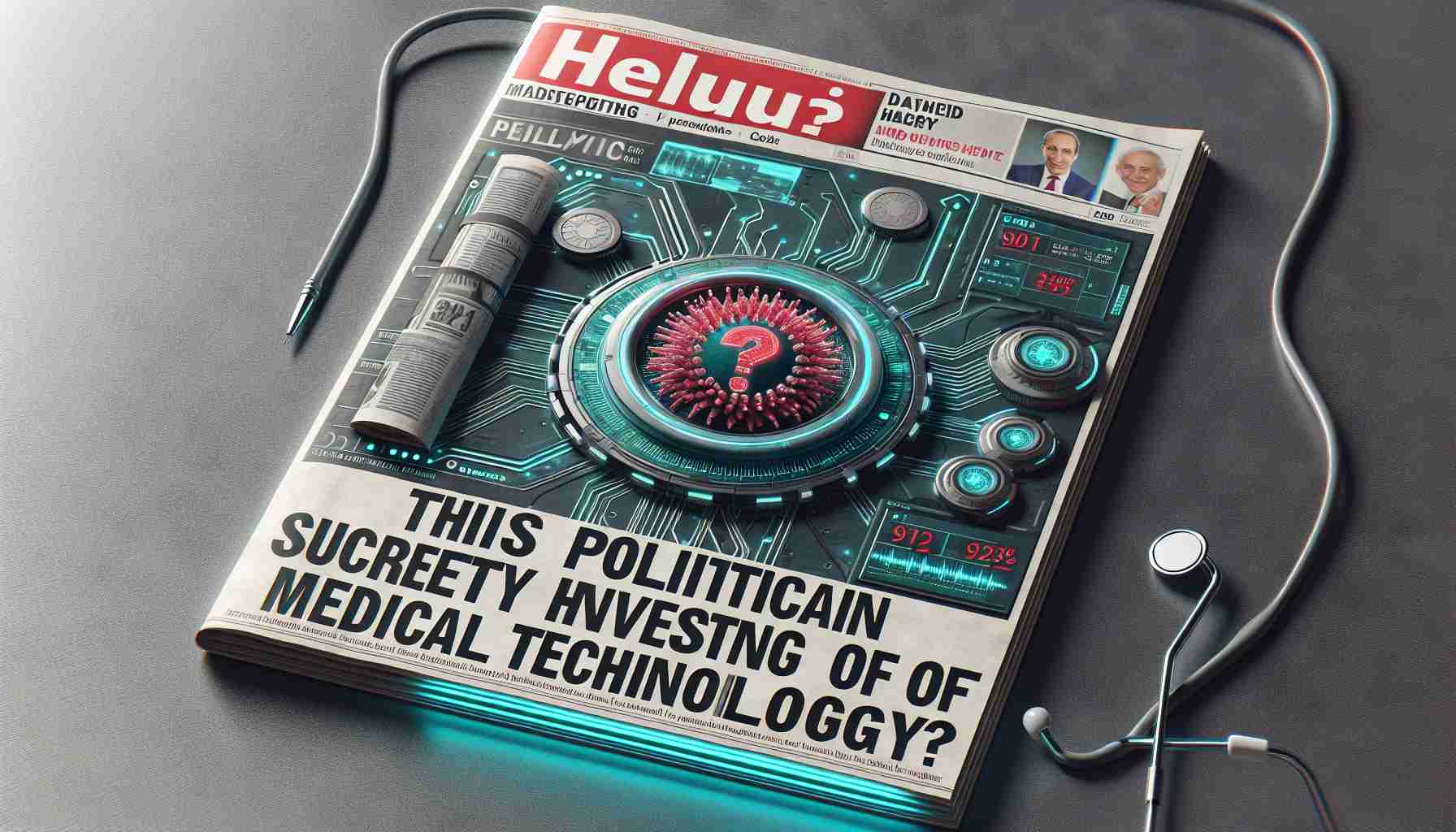Governor Kathy Hochul is set to reintroduce congestion pricing, targeting increased traffic in lower Manhattan. With expectations for tolls to be implemented by the end of December, this proposal emerges amidst a politically charged backdrop. Following recent national wins by the Republican Party, particularly with President-elect Donald Trump’s impending inauguration, New York Republicans are pushing for the elimination of this toll initiative.
Hochul’s revised plan, anticipated to be unveiled shortly, includes a significant reduction in the base toll for entering Manhattan, dropping from $15 to $9. This adjustment comes after acknowledgment of the financial strains on New Yorkers during these economically challenging times. Hochul’s administration emphasizes the need for sustainable mass transit funding while addressing urban congestion and air pollution concerns.
Despite Hochul’s efforts to pause the pricing mechanism earlier due to economic pressures, Republican leaders have been vocal against the toll, claiming it is a misguided attempt to alleviate an already mismanaged MTA budget. Tensions are escalating, as several Congressional Republicans have formally expressed their opposition to the tolling plan.
The political landscape is shifting rapidly, especially as the feasibility of congestion pricing hinges on timely approvals from federal authorities. As Trump assumes office, advocates and lawmakers are racing against time, bracing for potential hurdles that could derail the newly proposed toll system and its envisioned benefits for New York’s infrastructure.
The Hidden Cost of Traffic: A Dive into New York’s Congestion Pricing Debate
The issue of congestion pricing in New York City is not merely about tolls; it encapsulates a broader conversation concerning urban living, environmental sustainability, and socioeconomic disparities. This innovative proposal aims to tackle the escalating traffic congestion in lower Manhattan, with implications for various stakeholders – including daily commuters, local businesses, and non-resident tourists.
Impacts on Daily Life
For countless New Yorkers, the possibility of congestion pricing could mean a significant change in their daily routines. Currently, many rely on cars for commuting due to convenience or lack of reliable public transport options. The proposed toll reduction from $15 to $9 appears beneficial, yet it raises questions about longer-term implications for traffic behavior and alternative transport usage. Will commuters shift to public transport, or will they simply accept the incurred fees as part of their routine?
Interesting Facts and Controversies
A pivotal aspect of the congestion pricing debate is the contrasting local and national political climate. Local advocates tout the potential for improved air quality and reduced vehicle emissions, yet there is skepticism regarding the effectiveness of using tolls as a penalty for driving into busy areas. Economically, New York’s vibrant local businesses worry that increased costs for visitors may deter tourism, a crucial revenue source. A controversial aspect involves the argument of equity; critics suggest that congestion pricing disproportionately affects lower-income commuters who may lack alternatives.
Advantages and Disadvantages
On the one hand, the benefits of congestion pricing include:
– Reduced Traffic Congestion: A decline in vehicle numbers entering crowded urban spaces could alleviate traffic jams, resulting in shorter commute times.
– Environmental Improvement: With fewer cars on the road, there is potential for decreased greenhouse gas emissions and better air quality.
– Sustainable Public Transit Funding: Revenue generated from tolls could be funneled back into public transportation, making it more reliable and efficient.
Conversely, potential disadvantages include:
– Economic Strain on Local Communities: Higher costs for visitors could lead to decreased patronage of local businesses.
– Equity Issues: Lower-income residents may be disproportionately affected as they often rely on driving due to insufficient public transport options.
– Potential for Increased Traffic Diversion: As some drivers seek alternative routes to avoid tolls, congestion may simply be relocated to nearby neighborhoods.
Questions and Answers
– Will congestion pricing effectively reduce traffic?
Studies from other cities implementing similar models suggest that it can significantly lower traffic, but results can vary based on local conditions and public transport alternatives available.
– How would this affect public transportation?
Ideally, by allocating toll revenues to enhance public transit systems, more residents may opt for buses and subways, thus contributing to long-term sustainable urban development.
– What political changes could influence the implementation process?
The election of new leadership at both state and federal levels can politicize transportation funding. The incoming Trump administration’s stance on urban infrastructure initiatives could place additional hurdles in the way of New York’s congestion pricing plan.
In conclusion, the conversation surrounding New York’s congestion pricing is multifaceted, involving myriad stakeholders and critical societal issues. The outcome of this initiative will not only shape the future of urban mobility in New York City but may also set a precedent for other metropolitan areas grappling with similar challenges. For more information, visit New York State Government.












